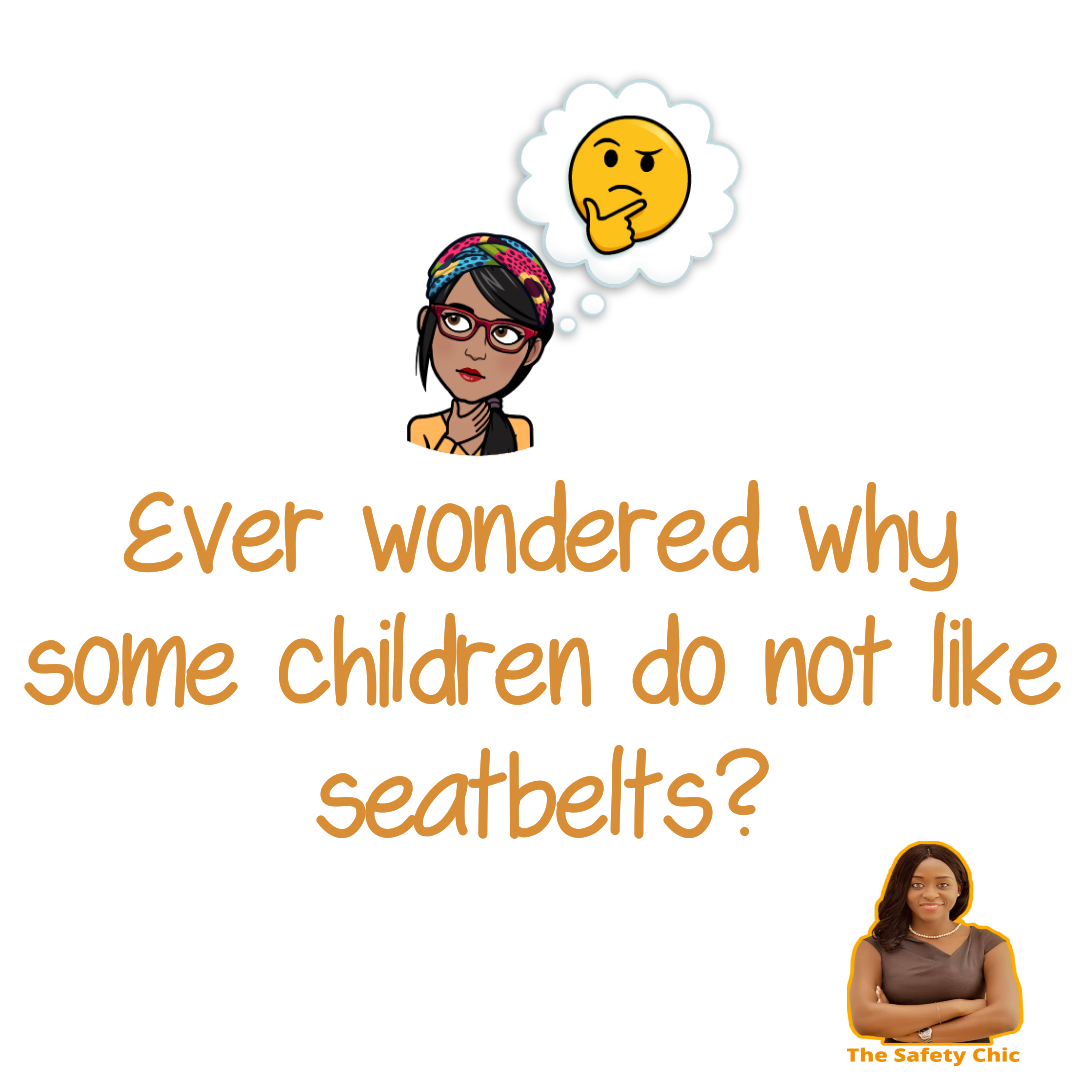
Improperly fitting belts are the issue. Car seat belts are better suited for adults than children. In a crash situation, you are more likely to be harmed when your body gets in contact with the interior of the vehicle because you are unstrapped. Therefore, everyone needs to be strapped with the seat belt.
The proper position of the seat belt is on your shoulder and on your thigh. It has to be against the bony part of the skeleton: the clavicle and pelvic region. That reduces the chance of injury on the soft parts of the belly during a crash. But because children are smaller, seat belts are on their necks or off shoulder and belly. This is uncomfortable and they refuse to be strapped. This poor seat belt positioning leads to something called “Seat belt syndrome” in a crash. It is a combination of injuries to the abdomen and the lumbar spine which is commonly seen in children aged 4 – 7 involved in a crash. This is why seat belts must be used appropriately.
According to research, here’s what you can do:
1. Rear facing infant car seat (0 – 2 years)
Best suited and offers more protection to the child. The car seat shell protects the child from the weight of their head on their delicate spine and neck muscles
2. Forward facing infant car seat (2 – 4 years)
Their spine and neck muscles are developing. Use the infant car seat with a 5 point harness till the child outgrows the restraint
3. Booster seat (4 – 8)
A child would properly fit an adult seat belt around 4 foot 9 inches. Usually at this age, they are not there yet and this is where we need booster seats. Some countries have no regulation for this but based on what you’ve read above, you need to help your child by ensuring the seat belt is correctly placed
Finally,
1. Always check the stickers on the infant car seat to be sure of the maximum height and weight limits
2. It is not a matter of the child’s height but skeletal strength
#TheSafetyChic
Intentionally grooming a safety conscious generation




